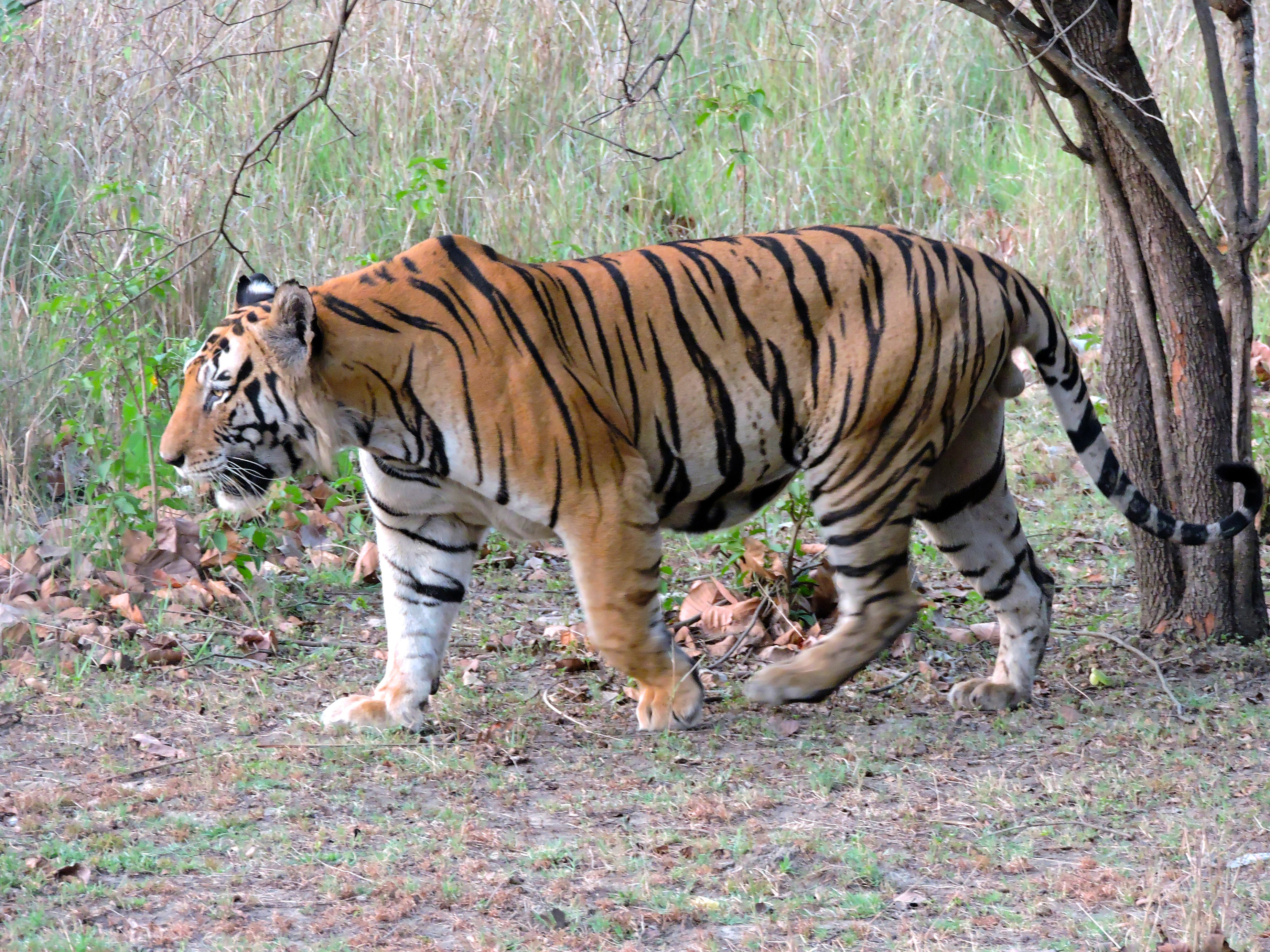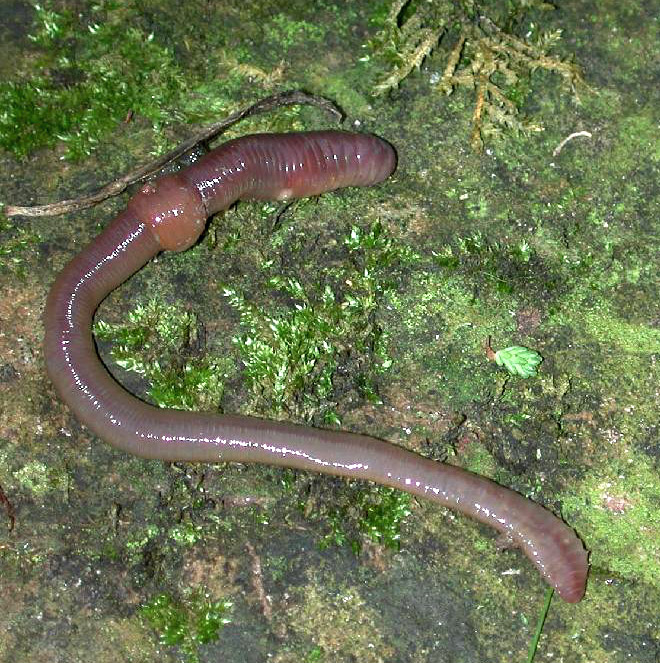|
Kyŏn Hwŏn
Kyŏn Hwŏn (; 867 – 27 September 936, ruled from 892 – March 935) was the king and founder of Later Baekje, one of the Later Three Kingdoms of Korea, and reigned from 892 to 935. Some records render his name as Chin Hwŏn (). He was also the progenitor of the Hwanggan Kyŏn clan. Substantial accounts of his life are preserved in the '' Samguk sagi'', which presents a single narrative, and the ''Samguk yusa'', which presents excerpts about him from various sources.Gyeon Hwŏn at Gyeon Hwon [...More Info...] [...Related Items...] OR: [Wikipedia] [Google] [Baidu] |
Later Baekje
Later Baekje (, ) was one of the Later Three Kingdoms of Korea, along with Taebong and Silla. Later Baekje was a Korean dynastic kingdom founded by the disaffected Silla general Kyŏn Hwŏn in 900, whom led the local gentry and populace that were in large Baekje descent holding onto their collective consciousness until the twilight days of Later Silla. With the former Silla general declaring the revival of the Baekje kingdom of old, the Baekje refugees from the old territories and a portion of the Rank Six Nobility from Silla seeking the opportunity of rising up the ranks gathered under his leadership. Led by the charismatic and capable Kyŏn Hwŏn who was also a competent field commander, Later Baekje in its early days was advantageous in the power game against the newly found kingdom Goryeo and the declining Silla. However, despite its fertile territories in the Jeolla Province and capable military prowess, it eventually fell to Wang Kŏn's Goryeo army in 936 due to poli ... [...More Info...] [...Related Items...] OR: [Wikipedia] [Google] [Baidu] |
Doosan Encyclopedia
''Doosan Encyclopedia'' () is a Korean-language encyclopedia published by Doosan Donga (). The encyclopedia is based on the ''Dong-A Color Encyclopedia'' (), which comprises 30 volumes and began to be published in 1982 by Dong-A Publishing (). Dong-A Publishing was merged into Doosan Donga, a subsidiary of Doosan Group, in February 1985. The ''Doosan Encyclopedia'' is a major encyclopedia in South Korea. Digital edition EnCyber The online version of the ''Doosan Encyclopedia'' was named EnCyber, which is a blend of two English words: ''Encyclopedia'' and ''Cyber''. The company has stated that, with the trademark, it aims to become a center of living knowledge. EnCyber provides free content to readers via South Korean portals such as Naver. Naver has risen to the top position in the search engine market of South Korea partially because of the popularity of EnCyber encyclopedia. When Naver exclusively contracted Doosan Doonga in 2003, the former paid multi billion won to the ... [...More Info...] [...Related Items...] OR: [Wikipedia] [Google] [Baidu] |
Tang Dynasty
The Tang dynasty (, ; zh, c=唐朝), or the Tang Empire, was an Dynasties of China, imperial dynasty of China that ruled from 618 to 907, with an Wu Zhou, interregnum between 690 and 705. It was preceded by the Sui dynasty and followed by the Five Dynasties and Ten Kingdoms period. Historians generally regard the Tang as a high point in Chinese civilisation, and a Golden age (metaphor), golden age of cosmopolitan culture. Tang territory, acquired through the military campaigns of its early rulers, rivalled that of the Han dynasty. The House of Li, Li family founded the dynasty after taking advantage of a period of Sui decline and precipitating their final collapse, in turn inaugurating a period of progress and stability in the first half of the dynasty's rule. The dynasty was formally interrupted during 690–705 when Empress Wu Zetian seized the throne, proclaiming the Wu Zhou dynasty and becoming the only legitimate Chinese empress regnant. The An Lushan rebellion (755 ... [...More Info...] [...Related Items...] OR: [Wikipedia] [Google] [Baidu] |
Baekje
Baekje or Paekche (; ) was a Korean kingdom located in southwestern Korea from 18 BCE to 660 CE. It was one of the Three Kingdoms of Korea, together with Goguryeo and Silla. While the three kingdoms were in separate existence, Baekje had the highest population of approximately 3,800,000 people (760,000 households), which was much larger than that of Silla (850,000 people) and similar to that of Goguryeo (3,500,000 people). Baekje was founded by Onjo of Baekje, Onjo, the third son of Goguryeo's founder King Dongmyeong of Goguryeo, Jumong and Soseono, at Wiryeseong (present-day southern Seoul). Baekje, like Goguryeo, claimed to succeed Buyeo kingdom, Buyeo, a state established in present-day Manchuria around the time of Gojoseon's fall. Baekje alternately battled and allied with Goguryeo and Silla as the three kingdoms expanded control over the peninsula. At its peak in the 4th century, Baekje controlled most of the western Korean peninsula, as far north as Pyongyang, and may ha ... [...More Info...] [...Related Items...] OR: [Wikipedia] [Google] [Baidu] |
Jeonju
Jeonju (, , ) is the capital and List of cities in South Korea, largest city of North Jeolla Province, South Korea. It is both urban and rural due to the closeness of Wanju County which almost entirely surrounds Jeonju (Wanju County has many residents who work in Jeonju). It is an important tourist center famous for Korean food, historic buildings, sports activities, and innovative festivals. In May 2012, Jeonju was chosen as a Creative City for Gastronomy as part of UNESCO's Creative Cities Network. This honour recognizes the city's traditional home cooking handed down over thousands of years, its active public and private food research, a system of nurturing talented chefs, and its hosting of distinctive food festivals. Jeonju is a city with over 1,300 years of history and culture. The city has produced many scholars and has a developed publishing industry. Cityscape File:Sunset In Jeonju South Korea Travel Photography (253309367).jpeg, Jeonju Hanok Village File:Jeonju Gyeo ... [...More Info...] [...Related Items...] OR: [Wikipedia] [Google] [Baidu] |
Jeolla
Jeolla Province (, ) was one of the historical Eight Provinces of Korea during the Kingdom of Joseon in southwestern Korea. It consisted of the modern South Korean provinces of North Jeolla, South Jeolla and Gwangju Metropolitan City as well as Jeju Province. The provincial capital was Jeonju, the current capital of North Jeolla. The entire inland region was called Honam (), which is still commonly used today. Jeolla-do, including North and South Jeolla,was the first province/state out of the Eight Provinces system to have its 1000th year anniversary in 2018, as the name 'Jeolla-do' was established in 1018, during Hyeonjong of Goryeo's 9th year in power.https://www.jeonbuk.go.kr/index.jeonbuk?menuCd=DOM_000000101004005000 The population of Jeolla-do is 4,973,834 as of January 2024. History Samhan and Samguk During the Samhan era of Korean history, the area of Jeolla was controlled by the Mahan confederacy and the Tamna kingdom on Jeju. Fifteen of the 45 Korean tribes ... [...More Info...] [...Related Items...] OR: [Wikipedia] [Google] [Baidu] |
Peasant Revolt
This is a chronological list of revolts organized by peasants. Background The history of peasant wars spans over two thousand years. A variety of factors fueled the emergence of the peasant revolt phenomenon, including: * Tax resistance * Social inequality * Religious war * National liberation * Resistance against serfdom * Land reform * External factors such as plague and famine Later peasant revolts such as the Telangana Rebellion were also influenced by agrarian socialist ideologies such as Maoism. The majority of peasant rebellions ended prematurely and were unsuccessful. Peasants suffered from limited funding and lacked the training and organisational capabilities of professional armies. Chronological list The list gives the name, the date, the peasant allies and enemies, and the result of these conflicts following this legend: : : : : See also * Servile Wars * Peasant movement * Popular revolts in late-medieval Europe * Maoism * United Nations Declaration ... [...More Info...] [...Related Items...] OR: [Wikipedia] [Google] [Baidu] |
Jinseong Of Silla
Jinseong (–898), personal name Kim Man, was the fifty-first ruler of the Korean kingdom, Silla from 887 to 897.Lee Bae-yong, Women in Korean History, Ewha Womans University Press, 2008, pp. 145-147, . She was also Silla's third and last reigning queen after Seondeok and Jindeok. Her reign saw the weakening of Unified Silla and the beginning of the Later Three Kingdoms period. According to her older brother Jeonggang, she was smart by nature and tall like a man. Life Jinseong was the only daughter of King Gyeongmun and . Being the younger sister of Heongang and Jeonggang, she rose to the throne when both of her brothers died without issue. When King Jeonggang was dying in 887, he appointed his sister Jinseong as his heir, justifying the choice of a female monarch by pointing at Seondeok's and Jindeok's successful reigns. Though Seondeok and Jindeok's successful reigns were invoked to help Jinseong secure the throne, Silla's third queen regnant ultimately did not li ... [...More Info...] [...Related Items...] OR: [Wikipedia] [Google] [Baidu] |
Il-yeon
Il-yeon (; 1206–1289), also spelled Iryeon, was a Korean Buddhist monk and All-Enlightened National Preceptor () during the Goryeo Dynasty of Korea. His birth name was either Kim Gyeong-myeong () or Jeon Gyeon-myeong (), and his courtesy name was Hoe-yeon (). He became a monk at the temple Muryangsa at the age of nine and passed the Seon national examination at 22. At 54, he was given the rank of Great Teacher. When he was 78, King Chungnyeol offered him a position of rank and tried to make him National Preceptor, but Il-yeon declined. The king again appointed him National Preceptor, and Il-yeon came down to the capital Kaesong (then Gaegyeong) but soon returned to the mountains on the pretext that his aged mother was sick. On the eighth day of the seventh month in 1289, he held a conference with various monks and then died. Il-yeon is known as a prolific writer, and according to the inscription on his tombstone, he wrote around 80 volumes on Buddhist topics. Today only one ... [...More Info...] [...Related Items...] OR: [Wikipedia] [Google] [Baidu] |
Tiger
The tiger (''Panthera tigris'') is a large Felidae, cat and a member of the genus ''Panthera'' native to Asia. It has a powerful, muscular body with a large head and paws, a long tail and orange fur with black, mostly vertical stripes. It is traditionally classified into nine Holocene, recent subspecies, though some recognise only two subspecies, mainland Asian tigers and the island tigers of the Sunda Islands. Throughout the tiger's range, it inhabits mainly forests, from coniferous and temperate broadleaf and mixed forests in the Russian Far East and Northeast China to tropical and subtropical moist broadleaf forests on the Indian subcontinent and Southeast Asia. The tiger is an apex predator and preys mainly on ungulates, which it takes by ambush. It lives a mostly solitary life and occupies home ranges, defending these from individuals of the same sex. The range of a male tiger overlaps with that of multiple females with whom he mates. Females give birth to usually two or ... [...More Info...] [...Related Items...] OR: [Wikipedia] [Google] [Baidu] |
Worm
Worms are many different distantly related bilateria, bilateral animals that typically have a long cylindrical tube-like body, no limb (anatomy), limbs, and usually no eyes. Worms vary in size from microscopic to over in length for marine polychaete worms (bristle worms); for the African giant earthworm, ''Microchaetus rappi''; and for the marine nemertean worm (bootlace worm), ''Lineus longissimus''. Various types of worm occupy a small variety of parasitism, parasitic niches, living inside the bodies of other animals. Free-living worm species do not live on land but instead live in marine or freshwater environments or underground by burrowing. In biology, "worm" refers to an obsolete taxon, ''Vermes'', used by Carl Linnaeus, Carolus Linnaeus and Jean-Baptiste Lamarck for all non-arthropod invertebrate animals, now seen to be paraphyletic. The name stems from the Old English word ''wikt:wyrm, wyrm''. Most animals called "worms" are invertebrates, but the term is also use ... [...More Info...] [...Related Items...] OR: [Wikipedia] [Google] [Baidu] |
Gwangju
Gwangju (; ), formerly romanized as Kwangju, is South Korea's list of cities in South Korea, sixth-largest metropolis. It is a designated Special cities of South Korea, metropolitan city under the direct control of the central government's Home Minister. The city was also the capital of South Jeolla Province until the provincial office moved to the southern village of Namak, South Korea, Namak in Muan County in 2005 because Gwangju was promoted to a Special cities of South Korea, metropolitan city and was independent of South Jeolla Province. Its name is composed of the words ''gwang'' () meaning "light" and ''ju'' () meaning "province". Gwangju was historically recorded as ''Muju'' (), in which "Silla merged all of the land to establish the provinces of Gwangju, Ungju, Jeonju, Muju and various counties, plus the southern boundary of Goguryeo and the ancient territories of Silla" in the ''Samguk sagi.'' In the heart of the agricultural Jeolla region, the city is also famous for ... [...More Info...] [...Related Items...] OR: [Wikipedia] [Google] [Baidu] |






